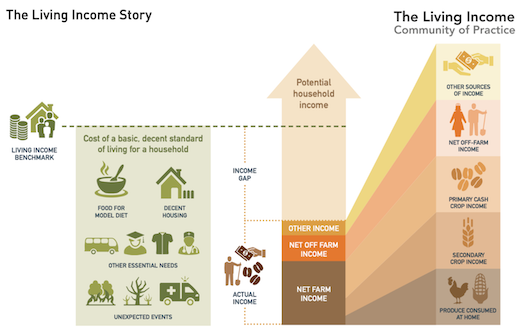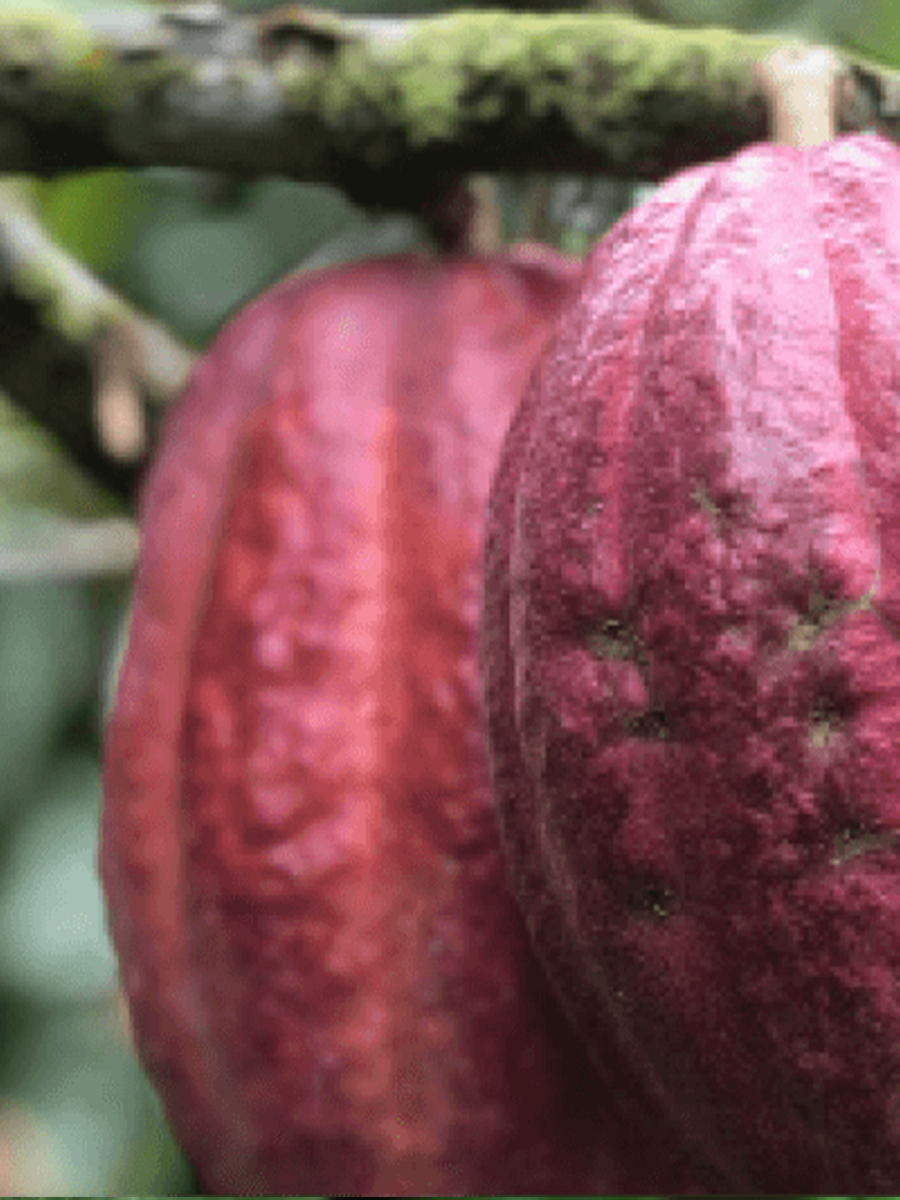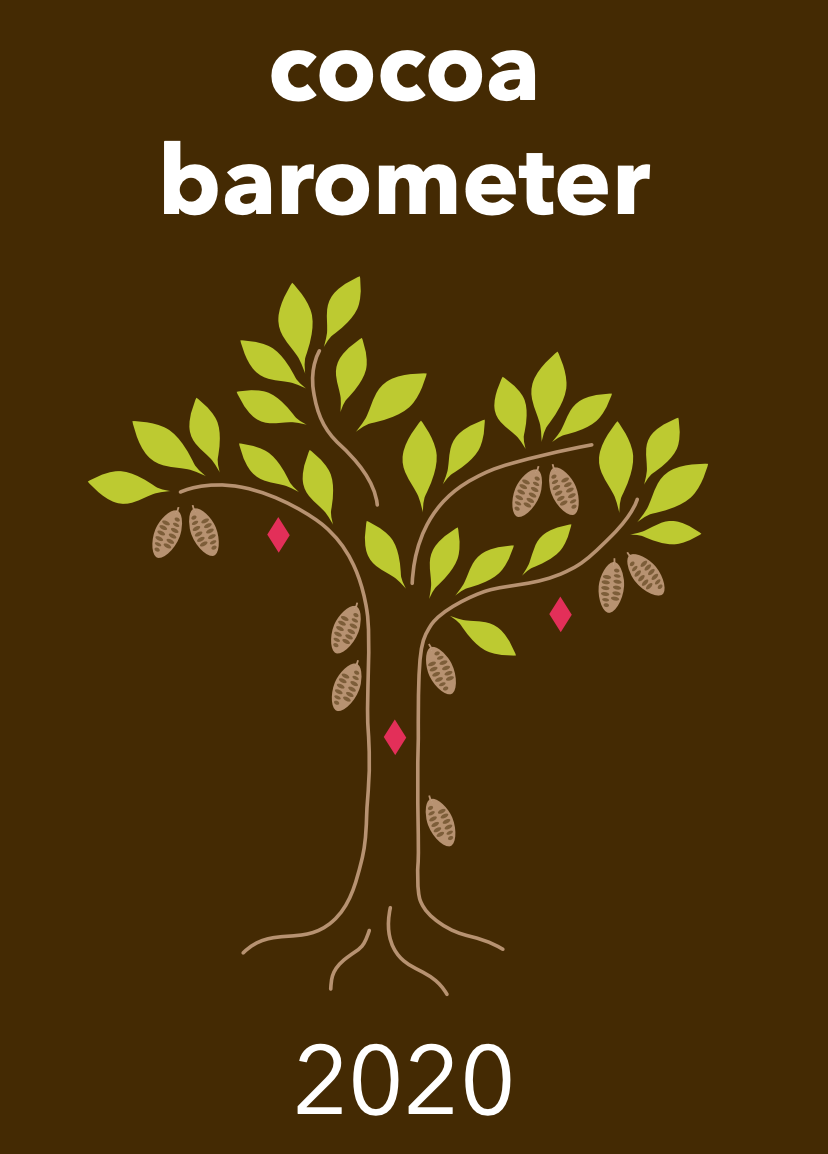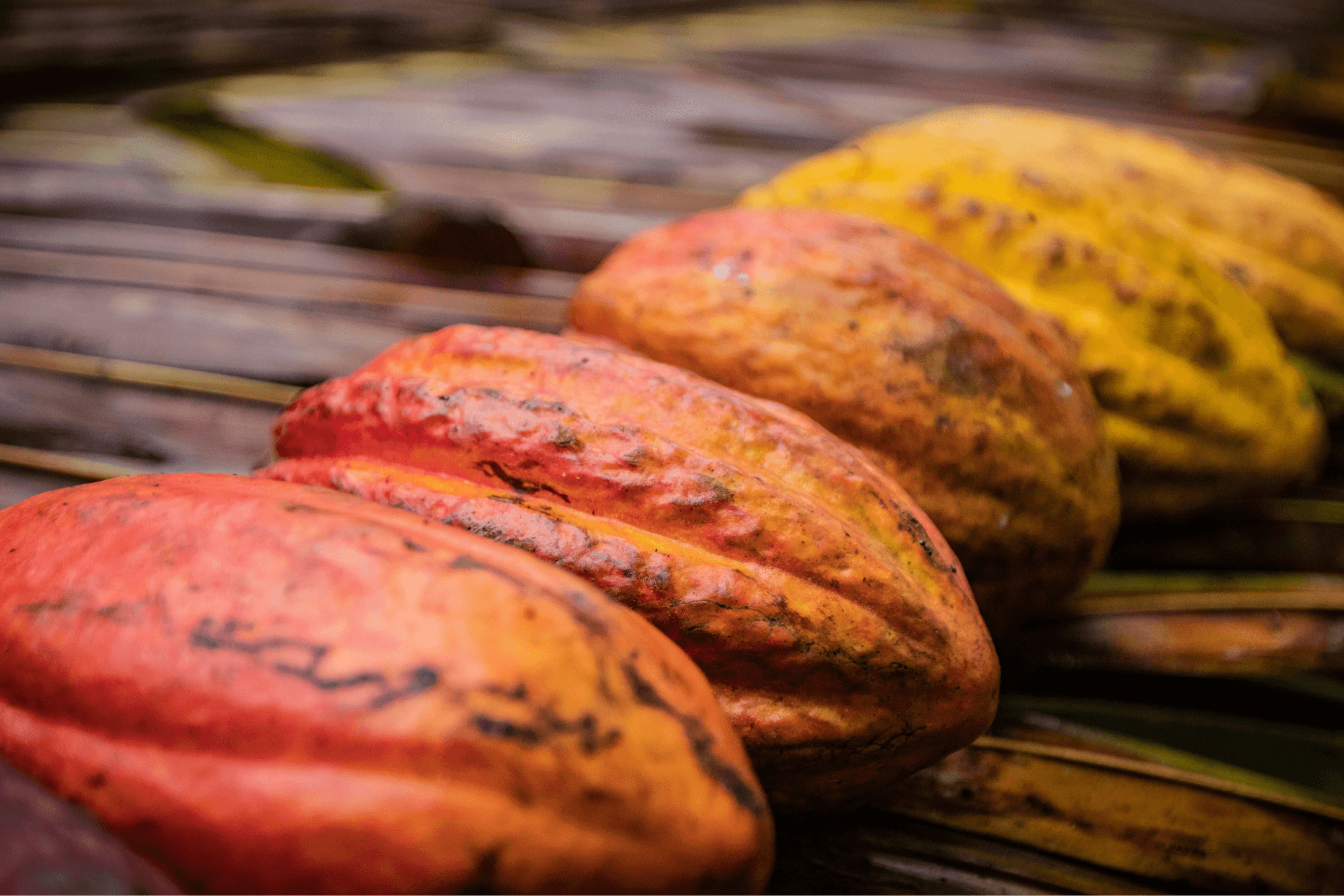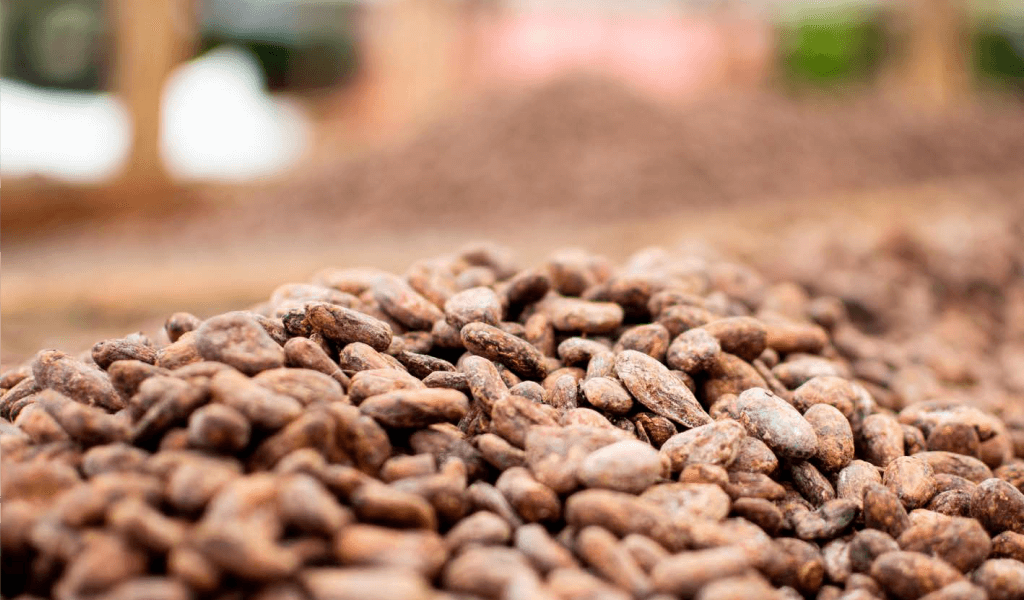On Saturday, October 3rd, the cocoa harvest season officially opened in Ghana. ABOCFA member farmers sold their harvested, fermented and dried cacao to the cooperative’s Licensed Buying Company, and received a price that is 28% higher than last year’s farmgate price. This is because of the newly instated Living Income Differential (or LID) that has been implemented in Ghana and Cote d’Ivoire for the 2020-2021 buying season.
At Uncommon Cacao, we are optimistic to see that the Ghana Cocoa Board (or COCOBOD) has apportioned over 70% (i.e. more than their committed amount when the LID was established) of the $400/MT premium that they receive as the LID to an increase in farmgate prices to smallholder farmers in Ghana. After all, the purpose of the Living Income Differential was to close the Living Income gap highlighted by the Living Income Community of Practice in studies over recent years.
It’s worth explaining how and why these numbers were established, and who participated in the decision of $400/MT for the LID. The Living Income community of practice is a consortium of GIZ, the ISEAL Alliance, and the Sustainable Food Lab that studies the production, purchasing, processing, and selling of various agricultural commodities, including cocoa. This group has been working for several years on the establishment of a “living income” for smallholder farmers specifically in the cocoa sector, which they define as the “net annual income required for a household in a particular place to afford a decent standard of living for all members of that household.”
Critical to the Living Income calculation is actually the “Living Income Gap”- that is, the gap between what a farmer or farming family actually earns from all of their sources of income compared to what is defined as a “living income,” above. The below chart from the community of practice illustrates this concept well.

Source: Living Income Community of Practice
Let’s talk about where cocoa comes into play in this overall methodology. In the case of cocoa growing regions in Ghana, a “Living Income Benchmark” as of March 2020 was $312 per household (this includes 2 adults and 3 children) per month. This comes out to roughly $2.05 per person per day. You can see in the above chart that this means the green dotted line that runs horizontally across the top should be equal to this number. This was calculated using the Anker Methodology, which is one of several ways to calculate a living income but was selected here because of, among other things, its ability to determine things like the cost of a local “food basket” as well as factoring in what percentage of household income does, and could, come from cacao vs other sources. This specificity for geography and demographics is appreciated in the cocoa sector, as not all cocoa farmers globally have the same household needs or cocoa business models.
The brown box at the bottom, “Net Farm Income” refers not only to the cocoa income from a farm, but also from other cash crops, depending on the specific demographic. It is this box that the Living Income Differential addresses. This differential is meant to enlarge that brown box, helping farmers reach the green dotted “Living Income Benchmark” of, in Ghana’s case, $312 per household per month.
Based on these numbers, in 2019 Fair Trade increased their premium to $240/MT instead of $200/MT. They also increased their floor price to $2400/MT instead of $2000/MT. Ghana’s COCOBOD took it further with their Living Income Differential of $400/MT. Keep in mind that in both of these cases, these are premiums paid to exporters, not to farmers, even though the farmer living income calculations are what incentivized these changes.
This is why we were so pleased to see that the farmgate price in Ghana was in fact increased this year. Due to complications of currency conversion, we will present these numbers in Ghanaian cedis. Last year’s farmgate price was 515 cedis per bag, while this year’s will be 660 cedis per bag, meaning there is a 28% increase in price to farmers. If 100% of the LID was passed to farmers, they would be earning 663 cedis per bag. Given that the commitment of both the Ivorian and Ghanaian governments was to pass 70% on to farmers, this current profit share is surpassing those expectations.
As a company that focuses on farmer livelihoods, we appreciate the significance of this price increase for the majority of the world’s smallholder cacao farmers, and we look forward to continuing to engage with the broader industry and our partners on the issues of living income and cost of production.
